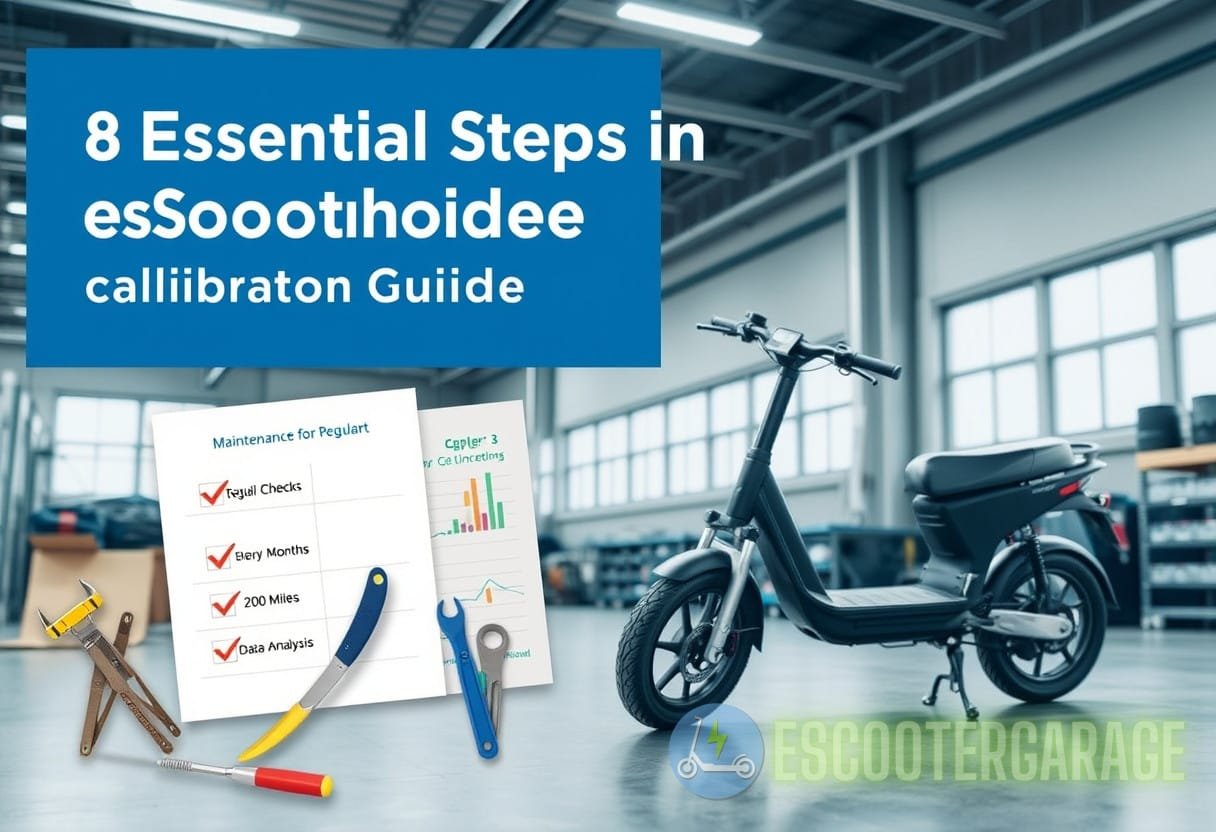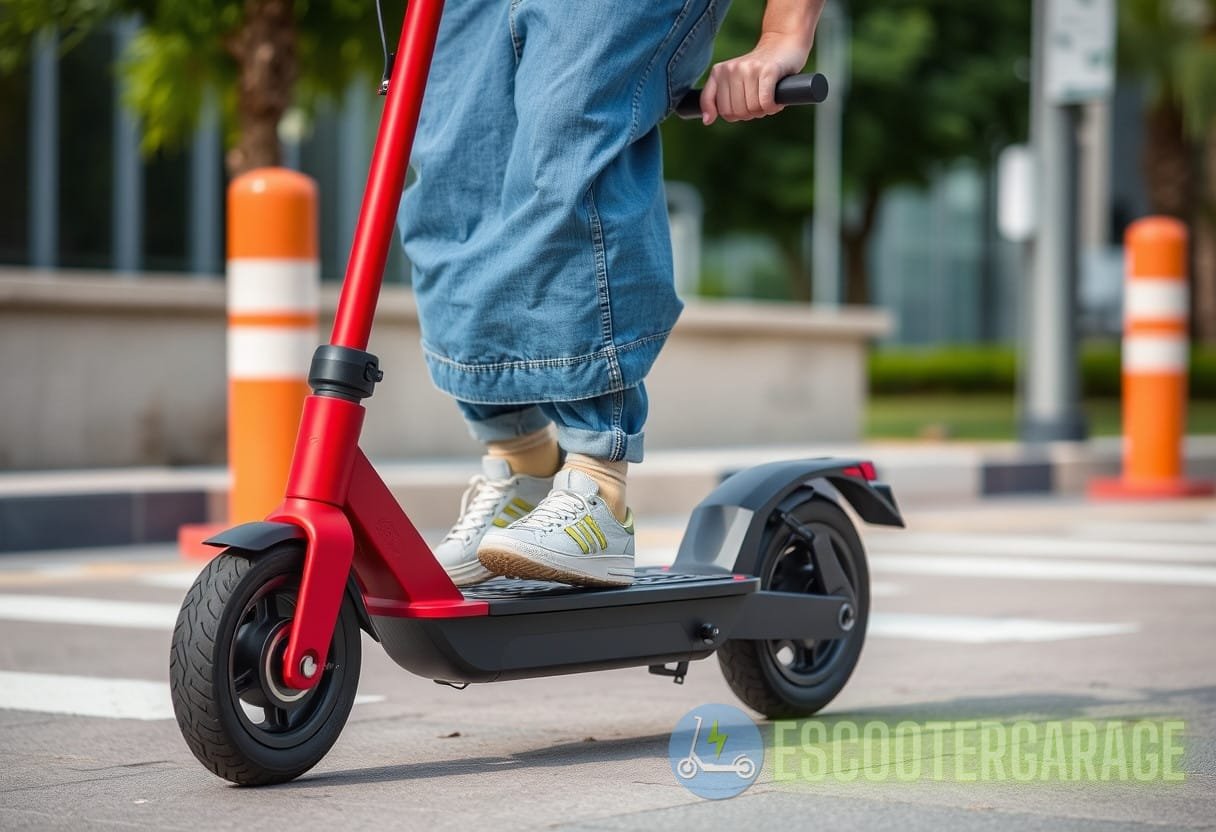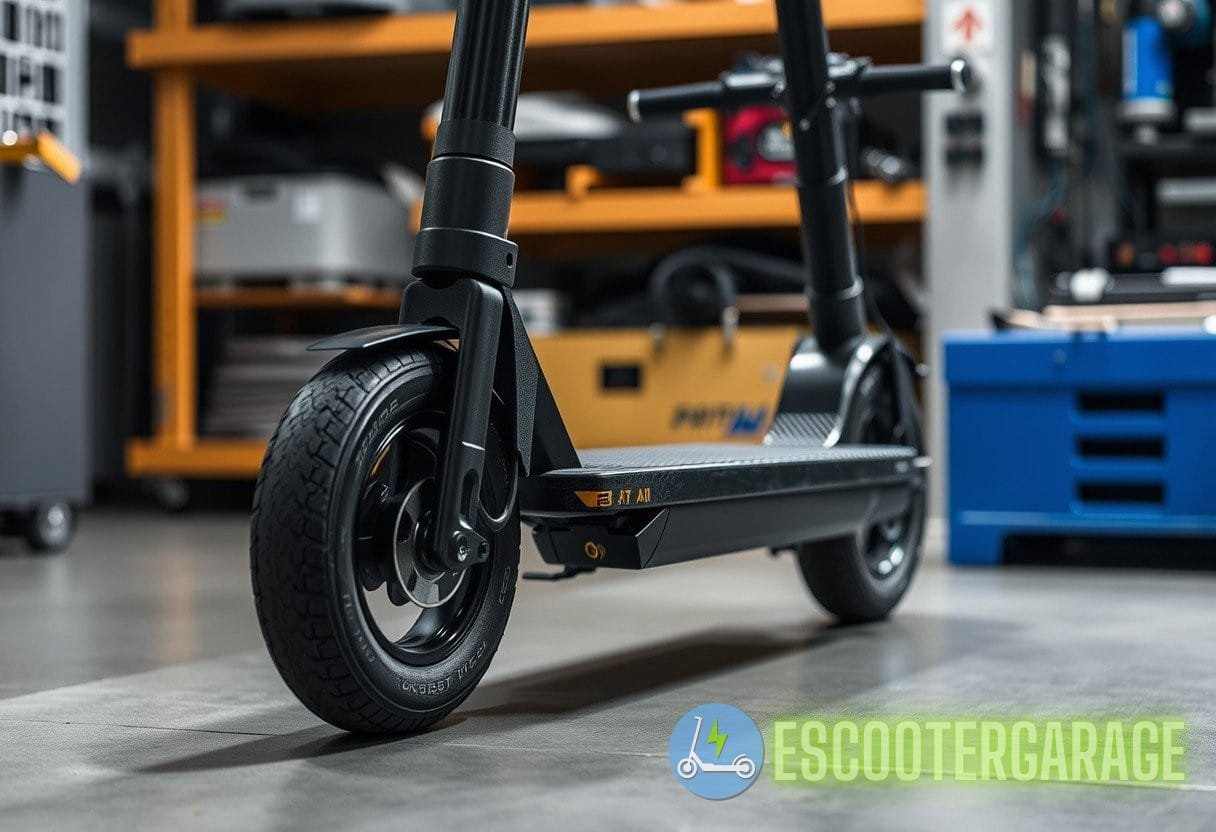Enhancing eScooter Efficiency: The Impact of Regular System Calibration and Component Inspection
With the rapid increase in the adoption of eScooters worldwide, ensuring their efficiency through regular maintenance is critical. This comprehensive guide focuses on eScooter calibration and component inspection to enhance their operational capabilities, safety, and longevity. By understanding how to maintain your eScooter properly, you can ensure it runs at peak performance.
What is eScooter Calibration?
Calibration refers to the process of configuring an instrument or device to provide a result for a sample within an acceptable range. In the case of eScooters, regular calibration ensures that various systems, including the electrical components, GPS speedometer, and braking systems, function correctly. Calibration can lead to significant enhancements in performance, safety, and battery life.
Importance of Regular Calibration
Regular calibration can prevent discrepancies in performance metrics. Here are several key benefits:
- Safety Assurance: Regular calibration can help maintain the braking distance and enhance responsiveness, critical components for rider safety.
- Battery Optimization: Efficient battery management systems can lead to longer ride times and become essential for commuter riders.
- Operational Efficiency: Accurate calibration can significantly improve speed and power efficiency, allowing the scooter to function optimally on varied terrains.
Understanding eScooter Components That Require Inspection
Calibrating an eScooter is not solely about adjusting settings; it also involves inspecting various components regularly. Key components that need inspection include:
- Brakes: Ensure that the calipers and pads are in good condition.
- Tires: Regular inspection for wear and the correct pressure can lead to better traction and stability.
- Battery: Inspect for swelling or any other signs of damage, and ensure connections are tight.
- Wiring: Examine wires for wear and tear or signs of corrosion.
- Lighting: Ensure that both headlights and taillights are operational for safe night-time riding.
Implementing the eScooter Calibration Guide
To ensure your eScooter’s optimal performance, it is crucial to implement an effective system for calibration and inspection. Below, we outline a step-by-step escooter calibration guide for you to follow.
Step 1: Scheduled Maintenance

Creating a maintenance schedule is crucial. Experts recommend conducting checks and calibrating your eScooter every three months or after a specific mileage (e.g., every 200 miles). The frequency of checks could vary depending on the overall wear and tear or how often the scooter is used.
Step 2: Data Analysis
Using data analytics tools, many modern eScooters can supply real-time information to owners. Utilize mobile apps that monitor performance metrics such as speed, distance, and battery usage to understand how to adjust settings for optimal performance.
Step 3: Calibration Tools
You may need specific tools for the calibration process. Here are a few tools you might consider:
- Torque wrench for adjusting bolts securely.
- Digital multimeter to check electrical connections.
- Caliper or tape measure for precise alignment measurements.
Step 4: DIY Calibration Process
The following steps provide a DIY approach to calibrating your eScooter:
- Check Speedometer Calibration: Use a GPS speed app to compare readings.
- Inspect Brakes: Ensure they engage correctly. Adjust tension and align pads as needed.
- Battery Monitoring: Keep the battery charged between 20% to 80% for longevity.
- Software Updates: Check for firmware updates from manufacturers.
- Test Ride: After calibration, take your eScooter for a test ride to gauge performance.
Common Calibration Issues and Solutions
Even after following recommendations, you may encounter issues that require addressing. Consider these common calibration problems and their solutions:
Speedometer Inaccuracies
If your eScooter’s speedometer shows erratic readings, then:
- Inspect tire size settings within the system if adjustable.
- Check for sensor misalignment.

Battery Performance Decrease
If you notice a decrease in range:
- Ensure battery terminals are clean and free from corrosion.
- Consider replacing older batteries with upgraded models for better performance.
Braking Issues
For any braking discrepancies:
- Inspect brake fluid levels if applicable and check for leaks in hydraulic systems.
- Ensure brake pads are not worn beyond acceptable limits.
Real-World Case Studies
Examining real-world examples can provide insight into the importance of eScooter calibration and inspections.
Case Study 1: Urban Commuter Efficiency
In a study conducted by the National Center for Transportation Studies, eScooter users in urban environments experienced a 25% increase in battery life when their scooters underwent regular scheduled maintenance compared to those who did not.
Case Study 2: Accident Prevention
A city in California witnessed a 30% reduction in accidents over one year after implementing mandatory checks for eScooter rentals, emphasizing the essential role that regular inspection plays in safety. The local government mandated that rental companies adhere to strict calibration guidelines for monitoring their fleets.
Concluding Insights on eScooter Maintenance
Adopting a proactive approach to your eScooter’s maintenance will lead to improved performance, safety, and user satisfaction. It is essential to integrate routine system calibration and thorough component inspections into your practices.
For further reading on related subjects, check our other guides on electric scooter troubleshooting and battery care tips.
This guide is formatted and structured to facilitate easy navigation and reading while containing all the details necessary to understand the nuances involved in maintaining and enhancing eScooter efficiency through calibration and inspection processes.

